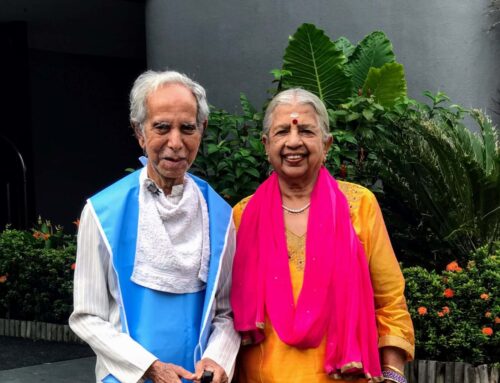My editor, Rupert Wright, liked this piece, which means (sigh!) that I am making some headway in this business writing thing. Click here to read it at The National.
Here it is below.
Name calling and foreign dominance – selling cars in India is a specialised art
Shoba Narayan
Last Updated: Mar 13, 2011
When we bought our first car after moving to India a few years ago, we were torn between the Toyota Innova and the locally produced Mahindra Scorpio.
We visited the Toyota showroom, took a test drive, discussed specs and wrote a cheque for 100,000 rupees (Dh8,137) as a refundable booking deposit. The Innova, we were told, would take several weeks to arrive.
“We really ought to check out the other car too since we decided we would,” said my husband.
At the Scorpio showroom on Bangalore’s St Marks Road, a young woman wearing a pink shirt and grey slacks showed us around. The Mahindra Scorpio seemed more robust and muscular than the Innova. It was harder to handle, but a shade cheaper.
Adopting his best MBA voice, my husband said: “So why don’t you tell us why we should buy your Scorpio instead of the Innova?”
The young woman paused before replying: “The Innova is a very good vehicle, Sir. It just looks like a mouse, that’s all.”
We bought the Scorpio.
This is how cars are sold in India. Sales staff don’t rattle off technical specifications to pit one car against another. They simply tell you what they feel, and it seems to work. India’s car industry is booming.
Sales have grown at a compound annual growth rate of 13.7 per cent from 2003 to last year, and given low market penetration – only one in 10 Indian households owned a motorbike and 1 per cent a private car as of last year – this growth trend is unlikely to slow.
According to a report by InAlliance Consulting, eight manufacturers, none of them European, dominate 95 per cent of the market. The four largest players – Maruti, Tata, Hyundai and Mahindra – have 83 per cent market share. The next four – General Motors, Honda, Toyota and Ford – have 12 per cent.
Given that India imposes 100 per cent import duty on foreign cars, most foreign manufacturers make or adapt their models in India. Mercedes, BMW, Audi, Skoda, Volkswagen and Fiat, in that order, have the highest penetration in the domestic market.
The finance minister Pranab Mukherjee, in his budget last month, did not raise the import duty on cars, causing shares in motor manufacturers to soar.
Given its low saturation, India is considered an experimental market. Yamaha, for example, is planning to launch an electric scooter, made specifically for the domestic market.
After logging 600 per cent growth in India compared with 2009 (although the actual numbers are tiny), Rolls-Royce plans to sell more than 100 models in the country, its second-fastest growing market after China. Torsten Mueller-Otvos, the chief executive of Rolls-Royce, came to India last month and boasted that the company could not keep up with demand.
Indian car makers, meanwhile, are competing by making their vehicles green. Tata Motors plans to unveil its Indica Vista EV, which will also be sold in Scandinavian countries. Mahindra bought the electric car company Reva, based in Bangalore, last year and plans to roll out the Reva NXR, which uses a lithium-ion battery.
Maruti, one of India’s oldest car brands, has launched the Maruti Kizashi in the premium sedan category, which according to officials, already has a waiting list.
After a much-hyped start, the Tata Nano has stumbled along the way. A couple of its cars caught fire, which the Tata Motors head called “thermal incidents,” arousing ire among consumers.
Sales were sluggish and the company failed to meet its target of 100,000 Nanos by the end of last year. This year, however, sales have picked up significantly and Tata’s chief executive has even talked about entering the European market within a couple of years.
For millions of Indians, private vehicles remain an aspiration. Just this month, my housekeeper asked for a loan so she could buy her husband a motorbike. It was not simply that he would get to work quicker by motorbike than by bus, she said. It was also that the teachers at her children’s free government school would treat her boys better if they saw them being dropped off by a motorbike rather than on foot.
“If we have a bike, the teachers will know that our family is on its way up,” she said. “They will give my boys a better education.”
Shoba Narayan is a journalist based in Bangalore and the author of Monsoon Diary




Leave A Comment